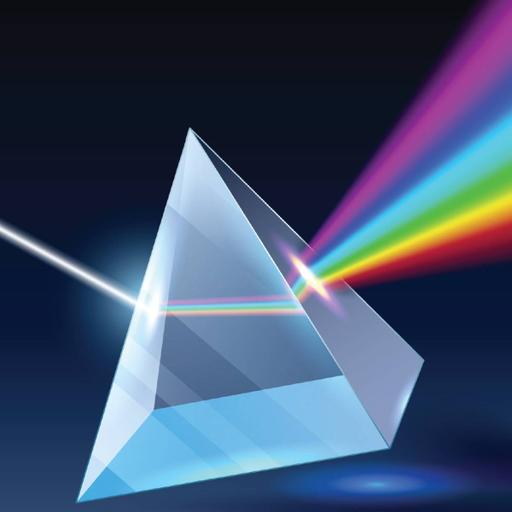Reflection and Refraction
Presentations | English
When light rays reflect off a surface, migrate from one transparent medium to another, or travel through a medium whose composition is constantly changing, they change direction. The angle of the reflected ray is equal to the angle of the incident beam when reflected off a flat surface, according to the law of reflection. (By convention, in geometrical optics, all angles are measured with respect to the normal to the surface—that is, to a line perpendicular to the surface.) The reflected ray always falls in the plane specified by the incident light and the surface normal. To comprehend the pictures formed by planar and curved mirrors, the law of reflection can be applied. Unlike mirrors, most natural surfaces are rough on the scale of light wavelengths, and as a result, parallel incident light rays are reflected in a variety of directions, or diffusely. The capacity to view most lighted objects from any location is due to diffuse reflection—rays reach the eyes after reflecting off every region of the surface.

46.50
Lumens
PPTX (93 Slides)
Reflection and Refraction
Presentations | English
